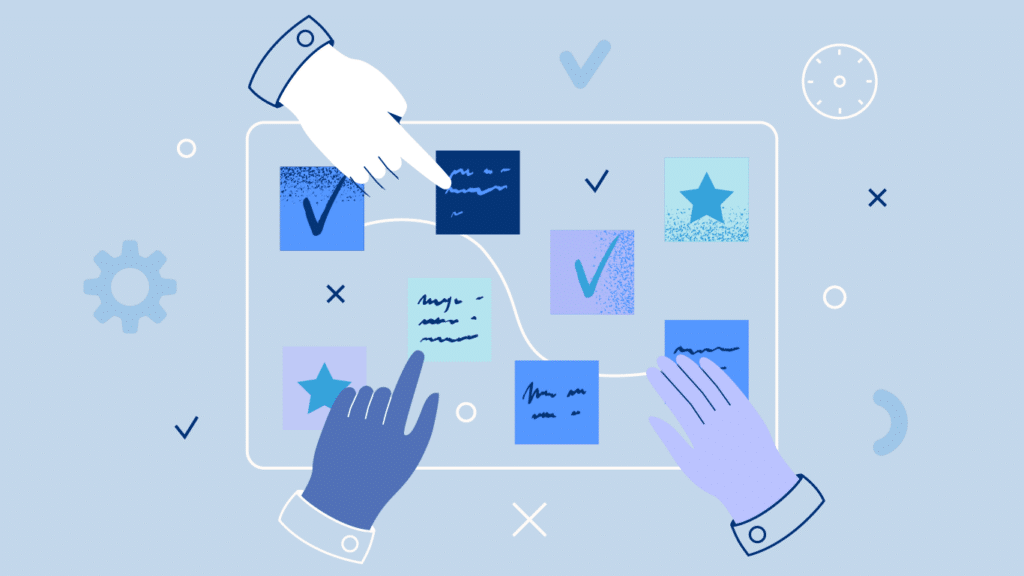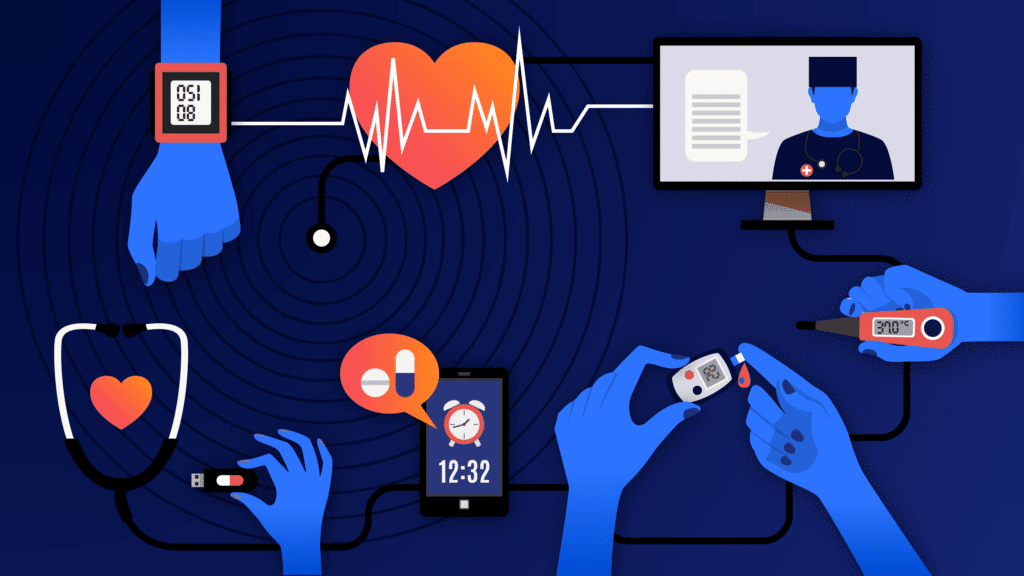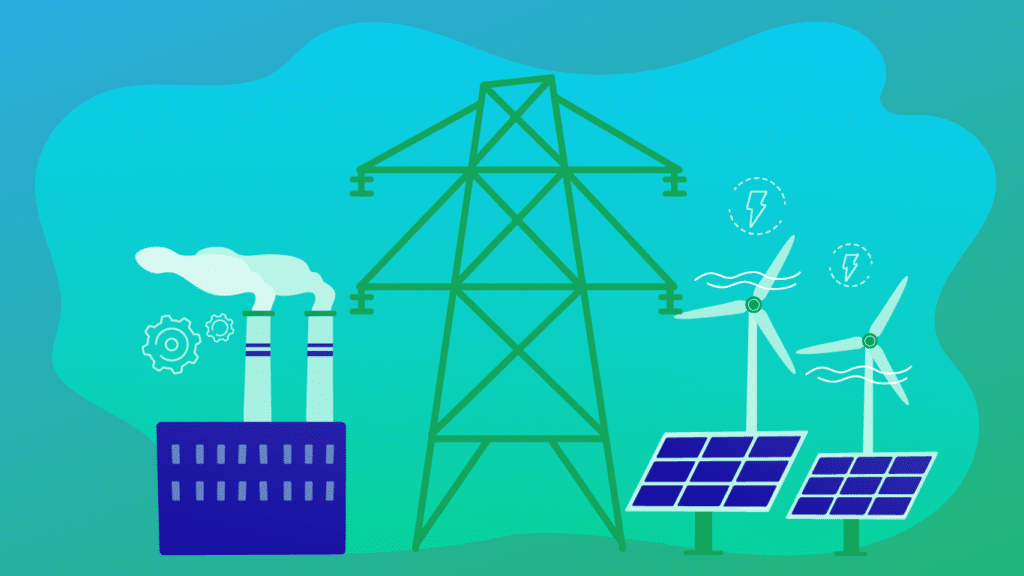The introduction of Distributed Energy Resources (DERs) and microgrids is fundamentally increasing the complexity of the electrical grid. To realize the improvements in resiliency, intermittency, and transmission loss reduction that are sorely needed, the next generation of grid management technology and Distributed Energy Resource Management Systems (DERMS) will need to treat resources not as just nodes in the network but as self-interested organisms in an ecosystem.
Utilities have historically operated under a linear value chain. Generators produce electricity, which is then transmitted to customers for consumption. More energy generated leads to higher revenue. Innovations in renewable wind, solar, and battery technology have opened opportunities for industries, companies, and homeowners to generate some or all of the electricity they need on-site and store it until needed. This is possible because these methods of energy generation are clean, quiet, and cost-effective. The democratization of energy disrupts the state-sanctioned monopolies of utilities, but it also fundamentally alters the job of grid management.
The job to be done is fundamentally changed in two ways. First, energy can flow bi-directionally and from point to point. Second, generation or consumption is intermittent and unpredictable, based on needs and circumstances outside of the control of the central authority. Weather is one example, but there are many others, such as electric vehicles (EVs) being connected or disconnected at any point of the grid to charge or discharge. As more devices move from hydrocarbon-based energy to electricity, the maximum load and variability in load on the grid will increase.
A currently favored approach is to virtualize distributed assets to act as a larger generation source so utilities can interact with them in aggregate. These Virtual Power Plants (VPPs) could consist of distributed generation technology such as solar and wind, storage arrays of various sizes, or on-demand curtailment (such as turning down lower priority lights or air conditioning) so that power is made available for others on the grid. VPPs are a good idea and are likely a necessary step for utilities transitioning to a larger-scale deployment of renewable generation. Still, just as with virtualization in software, they will only unlock the lowest common denominator of features across assets. Similarly, without a more detailed view of the network ecosystem, energy may be transmitted by default to a central node before being redistributed, which increases waste and inefficiency. Today’s common mindset of managing load in blocks will not be accurate enough for the way the grid will need to adapt in the future.
Systems that will unlock solutions for these problems are still being developed, but the digital technologies of the Internet of Things (IoT), Machine Learning, and Blockchain are likely to be key genetic blocks of the Next Gen grid.
IoT
Internet of Things, or IoT, is the term for collecting real-time data from internet-connected devices and enabling those devices to take instructions and run computations. It also encompasses the connection of those devices to centralized data lakes. The Next Gen grid will require each energy device to be connected digitally to sense the state of the grid and respond to stimuli from devices in the vicinity. These devices will need to act in their own self-interest in some situations and act for the good of the overall system in others. They should continue to function when the overall grid loses power so as to split off into a microgrid that can continue to operate autonomously. Realizing this vision will require more advanced IoT with processing at each endpoint. Modern cloud platforms such as AWS for the Edge enable pushing key processing tasks, such as ML inference, close to where data is generated to increase responsiveness in real-time. For a grid that needs to balance frequency in milliseconds, the latency of a centrally managed system will not suffice.
Machine learning
Enabling each node to balance its own self-interests with those of the wider grid will require the pattern matching and advanced processing that is enabled by modern artificial intelligence and machine learning. Distributed resources will need to navigate conditions autonomously while also feeding the inputs they are sensing to a central data lake where models can be updated and kept current. Again, a cloud-based, modern data architecture will be a key component to ingesting, processing, and using the information coming from the wide array of devices connected to the grid in the future.
Blockchain
Currently, there is not a market mechanism for someone who generates power to share that over the nearby grid with a neighbor. A blockchain-based system could open this possibility with a distributed ledger to verify trust and automatically execute contracts as they are met. Proof-of-stake consensus mechanisms, which many modern chains use, should reduce energy demands vs. proof-of-work (i.e., miners) implemented by systems such as Bitcoin. IoT systems can be directly tied to a blockchain to immediately record and verify data generated so it can be trusted in a distributed system without the need for a central management authority. This could be designed to also work in segments while a microgrid is operating independently. Blockchain technology could also help with tracking carbon offsets related to renewable generation.
As microgrids and distributed generation become more commonplace, the linear model of energy generation will go extinct. This transition doesn’t just make things more complicated. Instead, it’s a massively complex undertaking that will fundamentally alter the value chain for independent system operators and regional transmission organizations. The use of modern digital technologies such as IoT, Machine Learning, and Blockchain is likely to be key to helping the Next Gen grid evolve into an ecosystem that is more flexible, efficient, sustainable, and resilient.


















